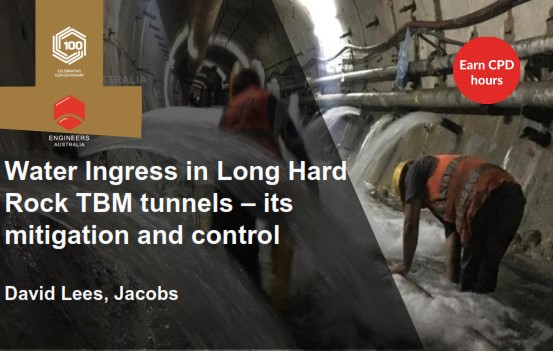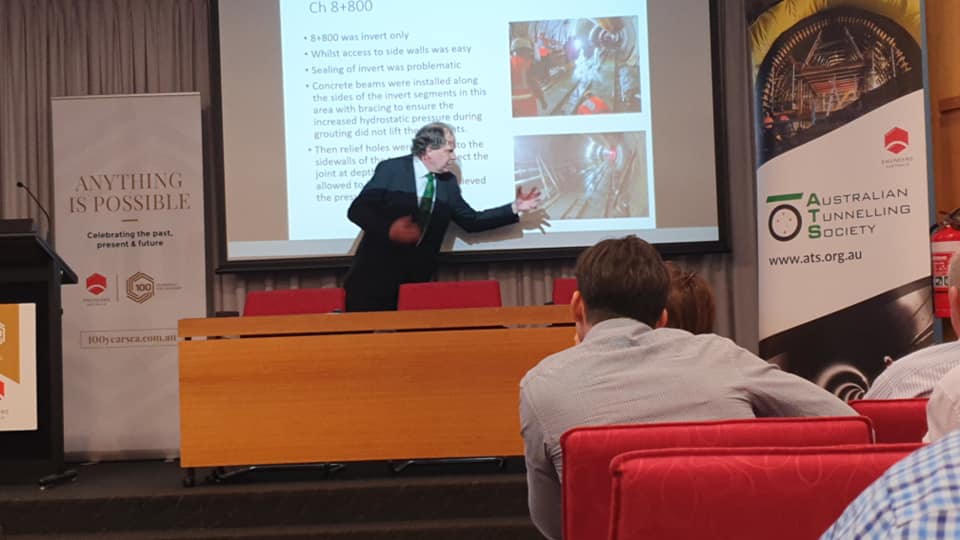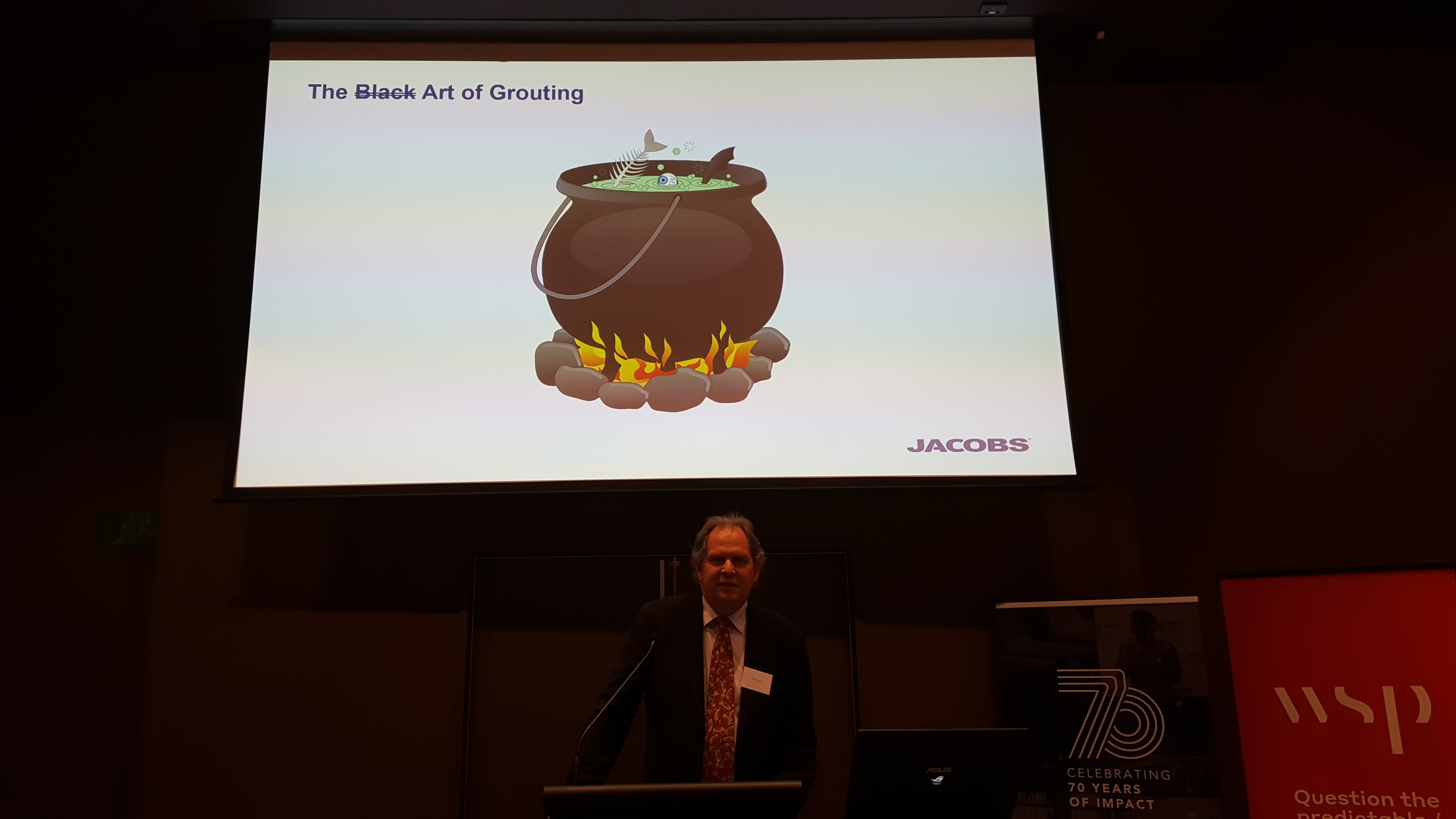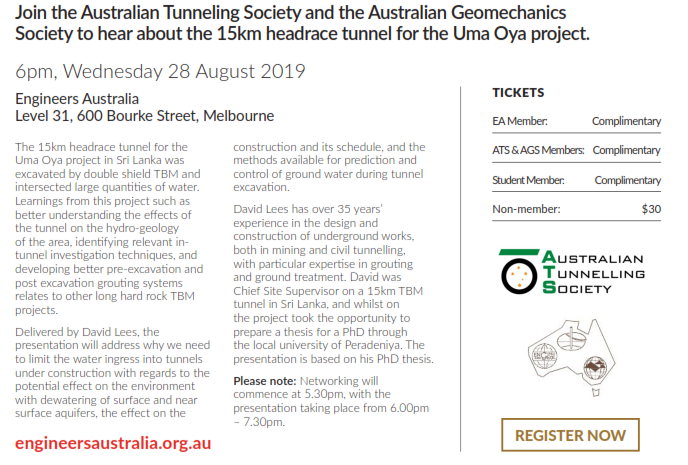David Lees appointed PM of Package 7 - Rishikesh to Karanprayag Railway
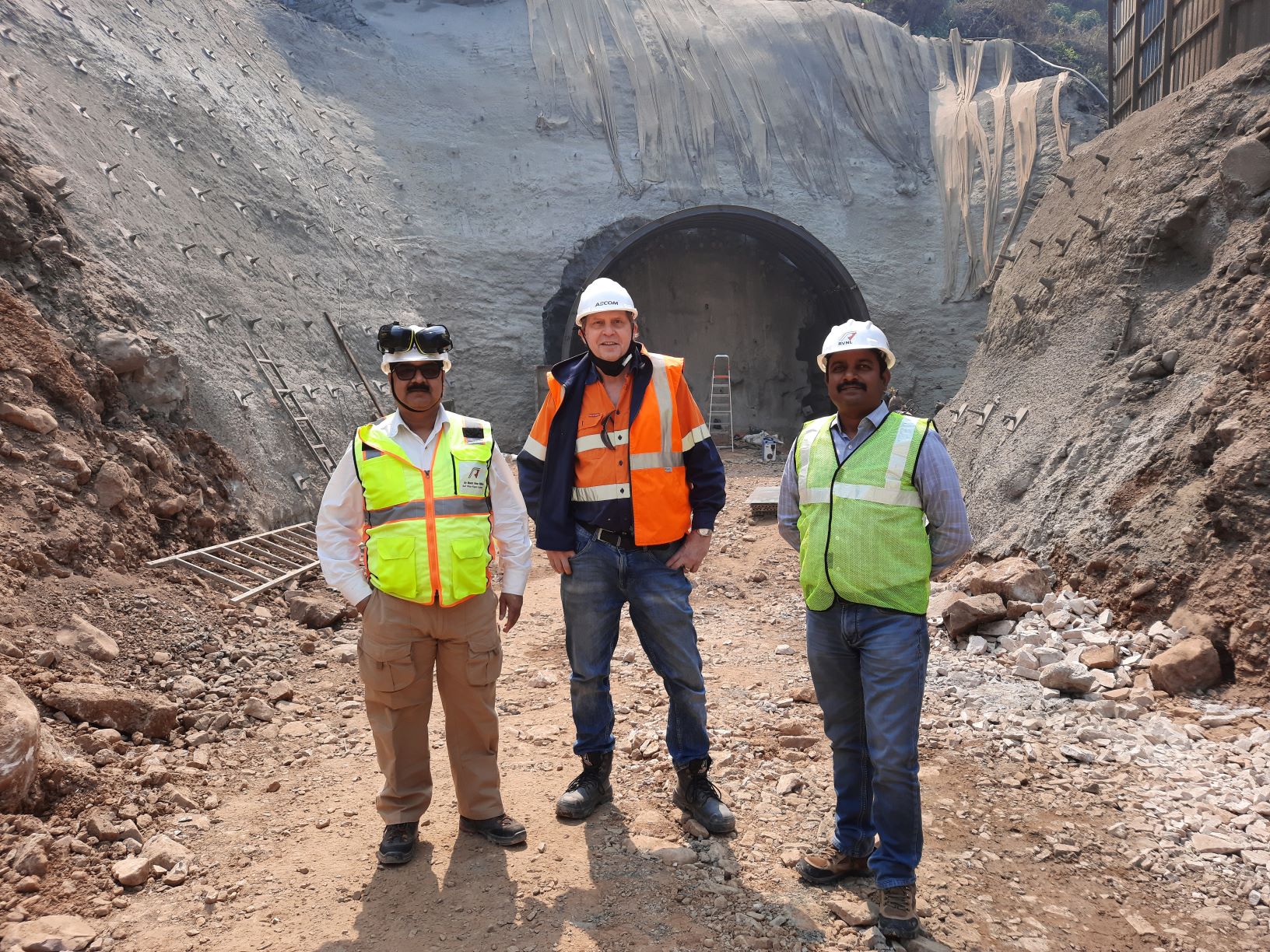
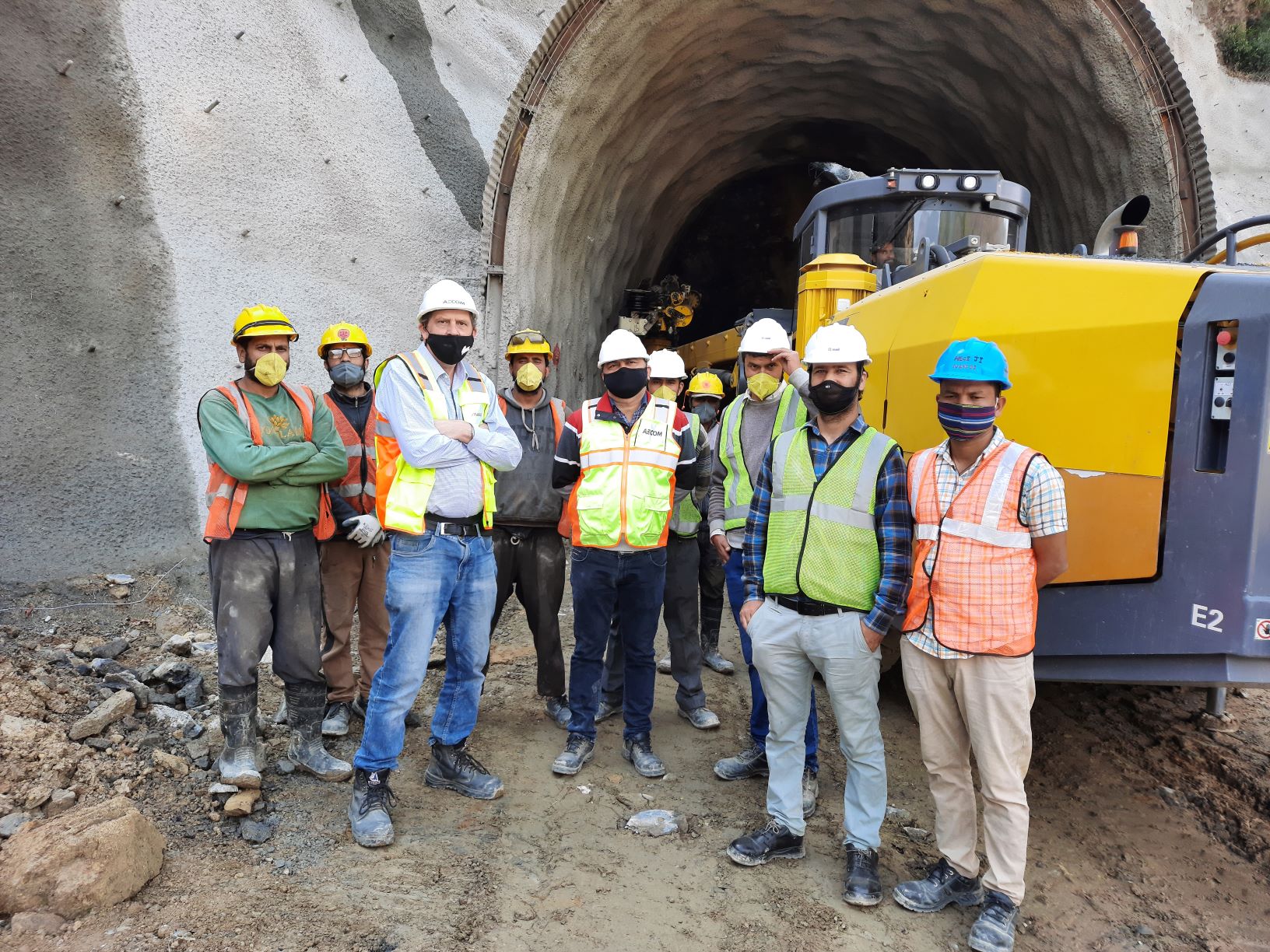
Located in Uttarakhand in Northern India, the Rishikesh to Karanprayag Railway is 125km long with a significant part in tunnels and bridges spanning deep gorges and valleys of the Ganga Alaknanda Rivers.
David was appointed as Team Leader for the Project Management Consultant (PMC) of package 7 with AECOM (India). Package 7 has been divided into two packages with two separate contractors.
Package 7a has been awarded to Max HES Jv and consists of a 7.08km tunnel and a bridge. Package 7b has been awarded to Megha Engineering and Infrastructure Ltd and consists of a 9.4km tunnel and Tilani Station.
Both tunnels consist of the main railway tunnel and an escape tunnel and are also accessed midway by adits to increase excavation progress.
Tunnelling is essentially drill and blast using NATM with soft ground sections at portals and where crossing the many faults along the alignment. The geology is essentially the Garhwal Group of the Lesser Himalayas consisting of quartzites, dolomites and phylites with some ultrabasic meta-sediments.

